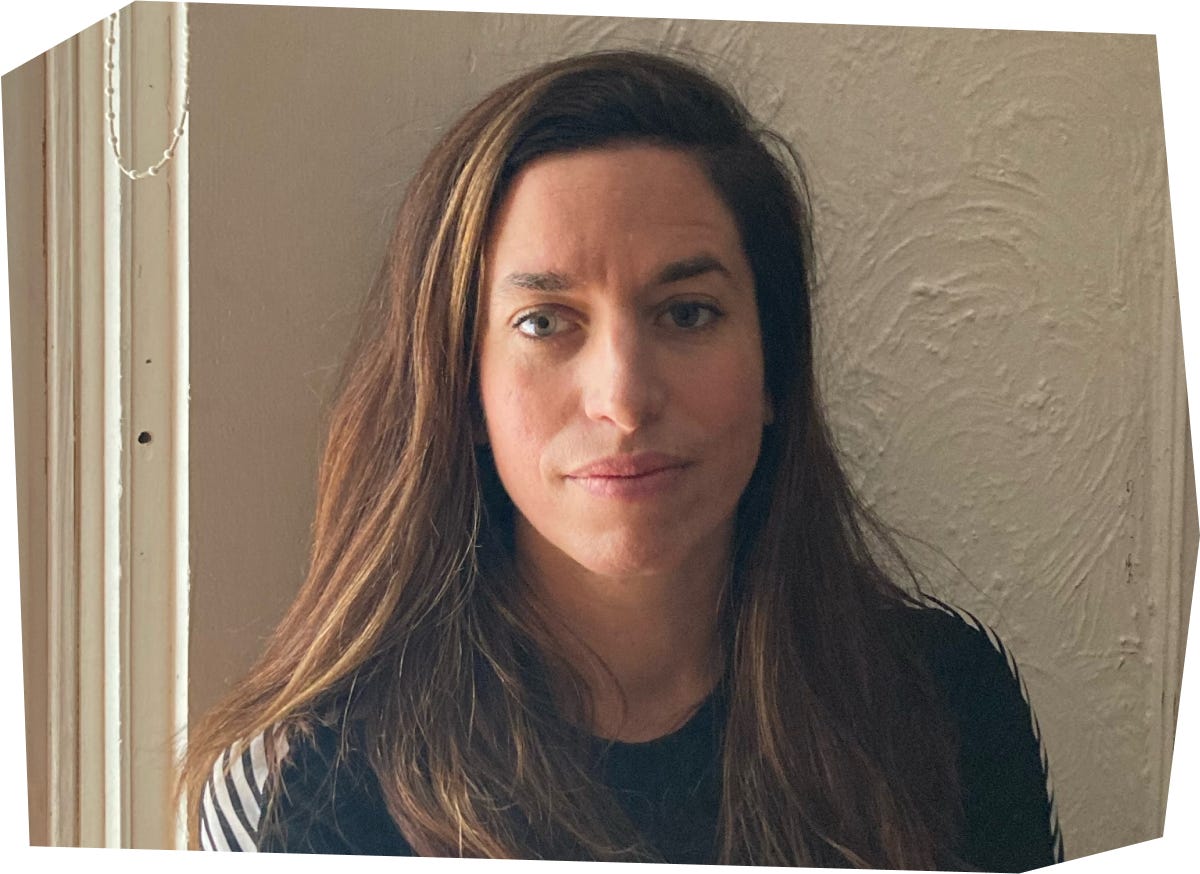This week, we interviewed Kathryn Jezer-Morton, who writes Mothers Under the Influence, a publication that examines the phenomenon of social media momfluencers.
This interview has been lightly edited for length and clarity.
What’s your Substack about in one sentence?
I write about “momfluencers,” and changing norms and trends in the “mamasphere”—the internet of moms.
You’re currently studying momfluencers as a Ph.D. candidate. Why did you start a Substack, and how does it complement your academic research?
I started the newsletter as a treat to keep myself engaged while writing my dissertation. Diss-writing can be really lonely, and I’m used to writing for an audience—I’ve been writing freelance for over a decade. For the first year of the pandemic, the vagaries of my life put my dissertation on full hiatus. When I decided to get back to work on it, I found that it was hard to build up momentum and I needed an audience’s accountability to help get me excited about the topic again.
A newsletter was a way to invite readers into my thought processes, and to sharpen some of my ideas against the pressure of having to explain them to non-academics. Also, I know a lot of people have thoughts on this topic, and I wanted to open up the conversation so it wasn’t just happening in the echo chamber of my head.
How do you define a momfluencer? What’s the momfluencer origin story?
A momfluencer is anyone who makes brand-partnership money from her social media presence. (I would apply she/her pronouns because at this point it’s a very cisgendered space.) It’s a huge population—there are millions of women all over the world trying to do this.
Momfluencers emerged right alongside Instagram in the early 2010s. Basically, “mommy bloggers” started using Instagram and found that brands wanted to partner with them in creating sponsored content. Now they’re on TikTok increasingly, but I study Instagram, because if I tried to do both, my brain would melt. Once I finish my dissertation I can start paying attention to TikTok.

You’re driven to understand the mamasphere rather than skewer it, and you’ve said that you love speaking to momfluencers about their work. What have you discovered from talking directly to these women that surprised you?
Academic research affords you so much more time than journalism, and the more time I spend talking to someone, the easier it is to understand their perspective. It’s easy to think of momfluencers as different from everyday, not-online moms, but I no longer see it that way at all. Momfluencing isn’t someone’s personality—it’s their job.
My research has clarified how much of a profession momfluencing is, and influencing in general is. They’re not necessarily obfuscating or being dishonest, but what they’re doing is business. They are going to create content that makes sense from a business perspective as well as telling a compelling story about their lives. Some people have always been critical of momfluencers for being “inauthentic,” and I just think that’s kind of a misunderstanding of the format. I’m interested in why people are compelled to demand this total homey authenticity from the moms, though—that’s a whole topic in itself.
“Momfluencing isn’t someone’s personality—it’s their job.”
You’ve written about the once-ubiquitous letterboard phenomenon, the aesthetics of “cozy season,” and charcuterie boards as fantasies of abundance. Looking into the future, what trends do you foresee among momfluencers?
Well, I’m interested in how momfluencing is going to change as younger people—Gen Z people—start families. Today’s big popular momfluencers will age out of the space in the next decade, and we will probably start seeing some “older mom” content but also a whole new representation of what it means to be a mom, being constructed by these younger people with maybe slightly different values. I’m beginning to see moms abandon the tried-and-true visual style of the 2010s momfluencers that’s been reliant on very flattering, posed full-body photos (you know, the bent knee, the pointed toe, the knee-high boot, all that stuff) and do more informal selfie-based content. You’re also seeing less of the kids, because people are getting sensitive about online privacy in a way they haven’t previously been.
Who’s another Substack writer you’d recommend?
Edith Zimmerman has been such a singular voice for me ever since she founded The Hairpin back in the early aughts. I would follow her writing/drawing to the ends of the internet, and luckily I don’t have to because she publishes Drawing Links.
She had a baby recently, and her posts about being a new mom are so moving. I’ve read soooo much mom content over the years, and my kids are getting older—I sometimes feel like I’ve read it all and there’s a callus over my heart at this point, but her drawings about new mom life have brought me to tears.
Subscribe to Kathryn’s publication, Mothers Under the Influence, and find her on Twitter.







Share this post